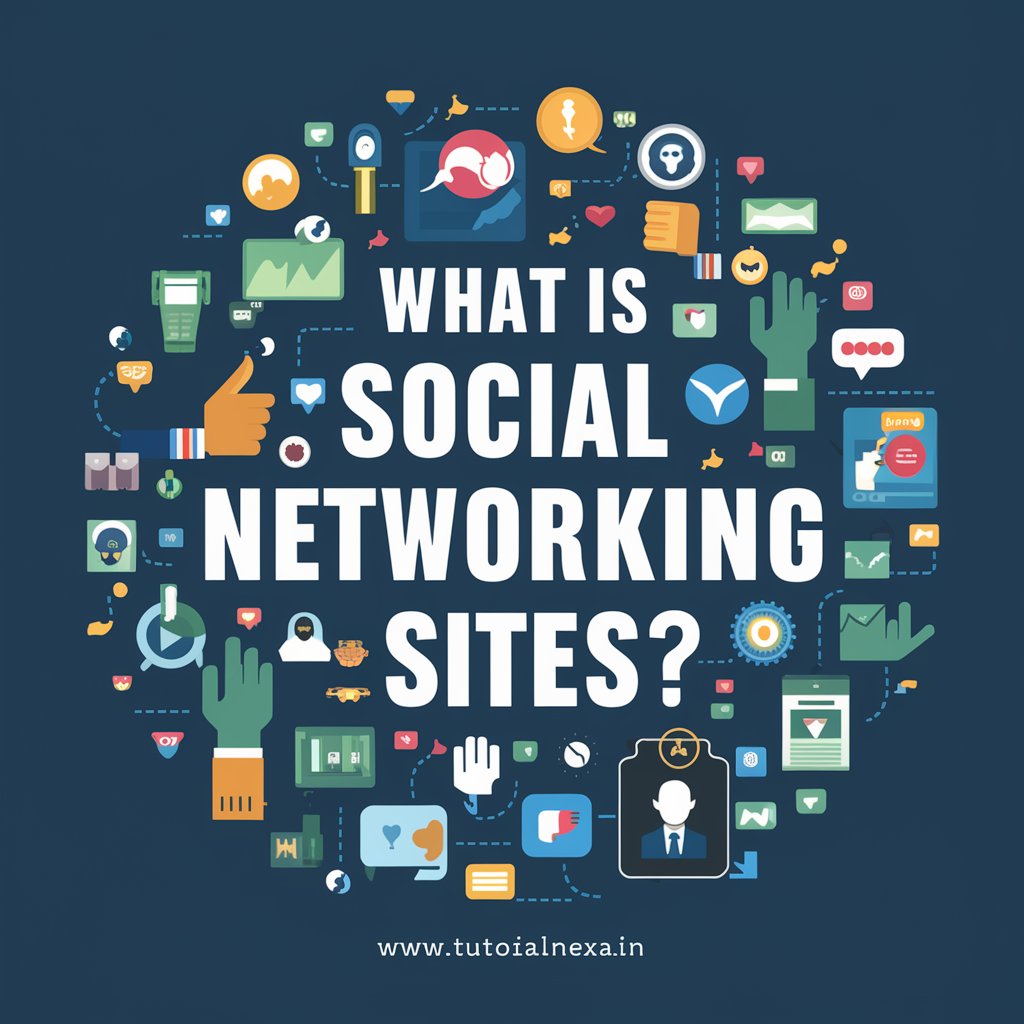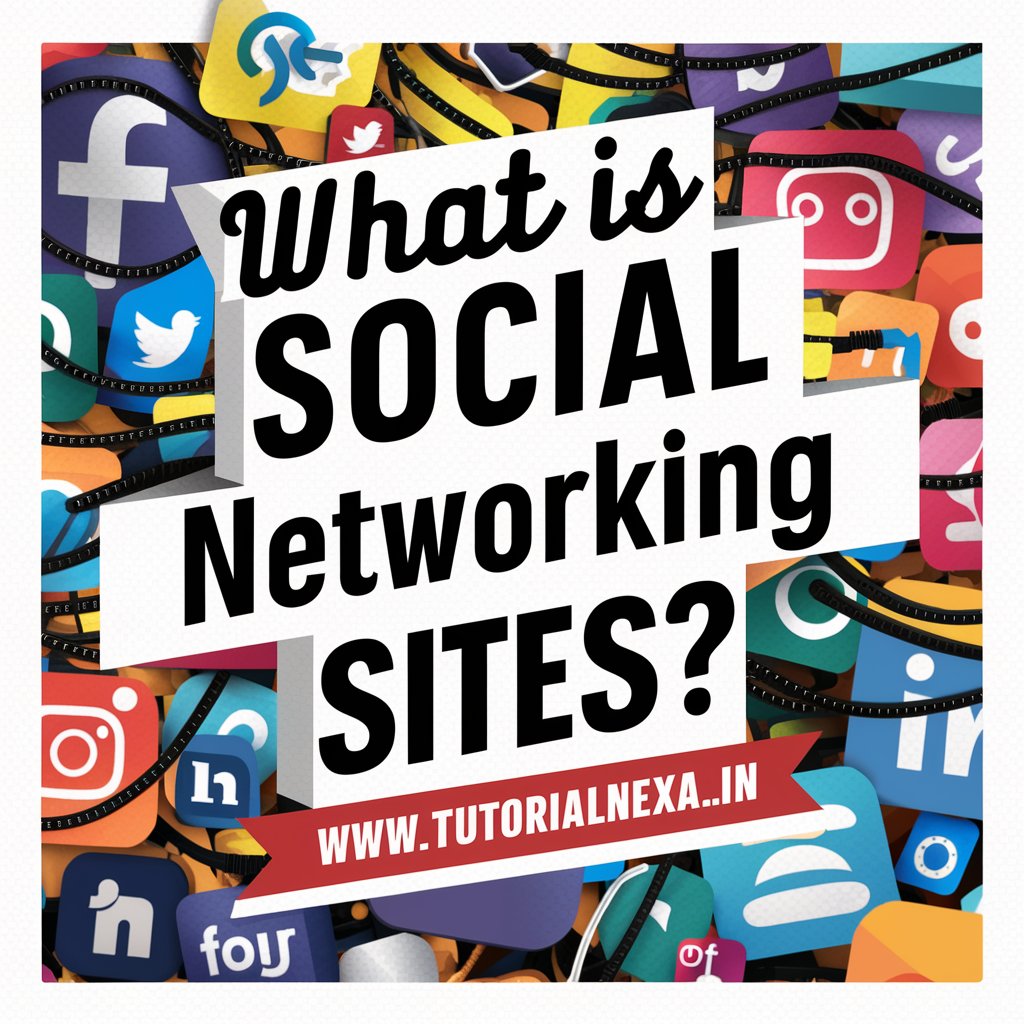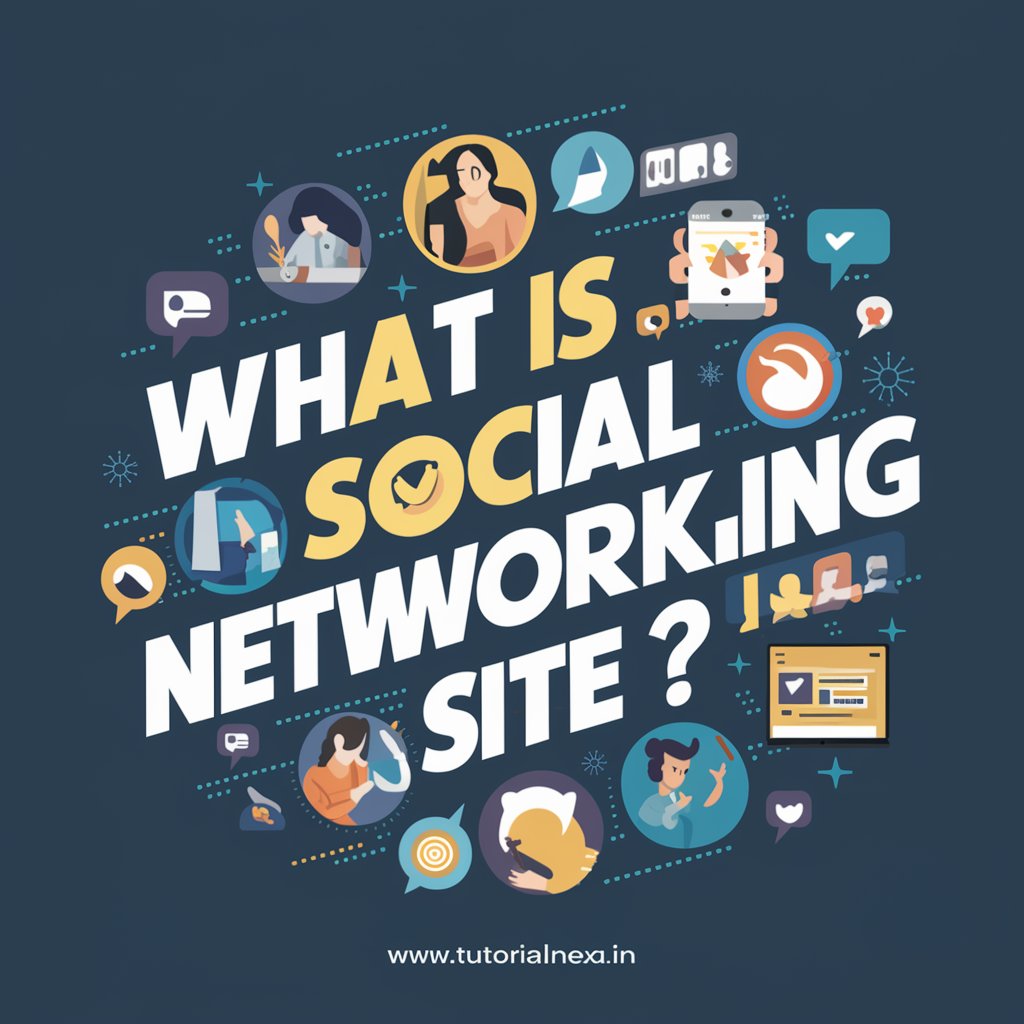Introduction
Good morning, students! Today, we will explore a topic that has become a significant part of our daily lives: Social Networking Sites. These platforms have transformed the way we communicate, share information, and even conduct business. By the end of this lecture, you will have a clear understanding of what social networking sites are, their features, types, benefits, risks, and their impact on society.

What Are Social Networking Sites?
Social networking sites (SNS) are online platforms that allow people to create a public or semi-public profile within a bounded system, connect with other users, and share content such as text, photos, videos, and links. These sites facilitate social interactions and the building of communities over the internet.
Key Features of Social Networking Sites
- User Profiles: Each user has a profile that includes personal information like name, age, location, interests, and a profile picture.
- Friends/Connections: Users can connect with friends, family, colleagues, or even strangers.
- Content Sharing: Users can share posts, images, videos, and links.
- Messaging: Most sites offer private messaging services to communicate with other users.
- News Feed: A stream of updates from friends and other connections.
- Groups and Communities: Users can join or create groups based on shared interests or goals.
- Privacy Settings: Options to control who can see your information and content.
Types of Social Networking Sites
- General Social Networking Sites: These include platforms like Facebook and Twitter, where users share a wide range of content and interact broadly.
- Professional Networking Sites: LinkedIn is an example where professionals connect for job opportunities, business networking, and career development.
- Media Sharing Sites: Instagram, YouTube, and Pinterest focus on sharing photos and videos.
- Discussion Forums: Reddit and Quora, where users engage in discussions on various topics.
- Interest-Based Networks: Goodreads for book lovers, Strava for fitness enthusiasts.
Benefits of Social Networking Sites
- Connectivity: They allow people to stay in touch with friends and family, no matter the distance.
- Information Sharing: Users can quickly share news, updates, and personal milestones.
- Educational Opportunities: Groups and communities provide platforms for learning and sharing knowledge.
- Business and Marketing: Businesses can reach potential customers, advertise products, and engage with clients.
- Entertainment: Users can enjoy content like videos, memes, and live streams.
Risks and Concerns
- Privacy Issues: Sharing too much personal information can lead to privacy breaches.
- Cyberbullying: Users, especially teens, can be targets of online harassment.
- Addiction: Excessive use can lead to social media addiction, affecting mental health and productivity.
- Misinformation: Spread of fake news and false information can mislead users.
- Security Threats: Risk of hacking and data theft.
Impact on Society
- Positive Impacts: Enhanced communication, social support, activism, and community building.
- Negative Impacts: Mental health issues, decreased face-to-face interactions, and the spread of misinformation.
Conclusion
Social networking sites are powerful tools that have reshaped communication and social interaction. While they offer numerous benefits, it is important to use them responsibly and be aware of the associated risks. Understanding these platforms can help us make better decisions about how we use them in our personal and professional lives.

Exam Notes on Social Networking Sites
Social Networking Sites (SNS): Online platforms allowing users to create profiles, connect with others, and share content.
Key Features:
- User Profiles: Personal information and profile picture.
- Friends/Connections: Network of contacts.
- Content Sharing: Posts, images, videos, links.
- Messaging: Private communication.
- News Feed: Updates from connections.
- Groups and Communities: Shared interests or goals.
- Privacy Settings: Control over visibility.
Types:
- General: Facebook, Twitter.
- Professional: LinkedIn.
- Media Sharing: Instagram, YouTube.
- Discussion Forums: Reddit, Quora.
- Interest-Based: Goodreads, Strava.
Benefits:
- Connectivity: Staying in touch.
- Information Sharing: Quick updates.
- Educational Opportunities: Learning platforms.
- Business and Marketing: Advertising and customer engagement.
- Entertainment: Enjoyable content.
Risks:
- Privacy Issues: Risk of exposure.
- Cyberbullying: Online harassment.
- Addiction: Excessive use.
- Misinformation: Fake news.
- Security Threats: Hacking and data theft.
Impact on Society:
- Positive: Enhanced communication, community building.
- Negative: Mental health issues, misinformation spread.
By understanding the dynamics of social networking sites, we can leverage their benefits while mitigating the risks.

Summary of Social Networking Sites
Social networking sites (SNS) are online platforms where users create profiles, connect with others, and share various forms of content. Key features include user profiles, connections, content sharing, messaging, news feeds, groups, and privacy settings. There are different types of SNS: general (Facebook, Twitter), professional (LinkedIn), media sharing (Instagram, YouTube), discussion forums (Reddit, Quora), and interest-based (Goodreads, Strava).
These platforms offer numerous benefits such as enhanced connectivity, information sharing, educational opportunities, business and marketing prospects, and entertainment. However, they also come with risks like privacy issues, cyberbullying, addiction, misinformation, and security threats.
The impact of SNS on society is significant, with positive effects like improved communication and community building, but also negative effects such as mental health concerns and the spread of misinformation. Understanding the advantages and risks of social networking sites helps us use them responsibly and effectively.


